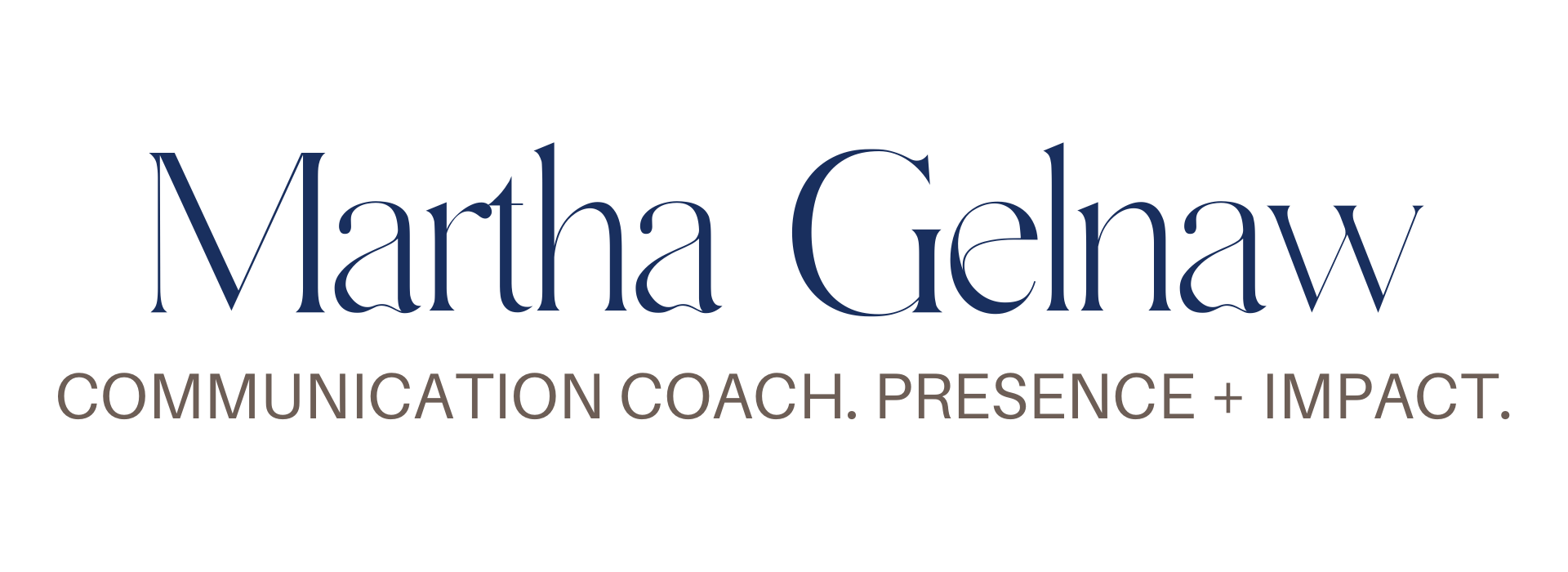
While coaching leaders, often I am asked to help them conquer their fear of giving feedback. I’m reminded of the time while working with a group of top leaders from a global bank when they said, “Hand on heart, Martha, we absolutely hate delivering feedback – we are just not good at it.”
Recently, a client admitted to changing her style when she had to give feedback. She was afraid of hurting someone’s feelings. She asked me to help her be firm in feedback sessions with both her staff and clients. She worked successfully to change her behavior and to conquer her fear.
I am reminded of a book I read called “Strategy, Change, and Defensive Routines” by Chris Argyris
Chris declared that the most damaging defensive routine is the one not being honest in giving feedback. Here is his excerpt on the issue:
“We distort the truth in the name of helping others. (Often used to protect ourselves.)
And the reason defensive routines are NOT seen as counterproductive is that they are connected with caring, thoughtfulness, diplomacy, civility and effectiveness.
These routines are taught to us culturally and early in life. What to do instead?
Soft reasoning will undermine the tough reasoning and the undermining will be rationalized away as a result of “caring & thoughtfulness.
These inhibit learning.
The use of mixed messages which has little use of feeling or focus on needs – have a logic in them that tends to drive the actions of the administration. They are clearly designed to be vague. Mixed messages are vague and inconsistent because the senders are trying to communicate a message that may be threatening in a way that they believe will reduce the threat.
The paradox of the mixed messages is that the fact that they are mixed is clear.
The Un-discussable – Often the receiver colludes in the cover-up by not discussing the mixed feature of the message. There is temporary relief at the cost of long-run difficulties.”
These are powerful words that describe the crux of the issue. What would our businesses look like if feedback is offered as direct, open and with candor?
Here is a model that will help to guide your feedback. For instance, if there is an issue where a colleague is disrupting the community with behavior that does not uphold the values of the firm, use this:
Awareness – Impact – Change
“Are you aware of this (behavior)?
“Do you understand the impact it is having?
“What would you do to change it?”
“Are you open to hearing what I can offer in what to do instead?”
Using questions avoids putting someone on the defensive or in resistance. Avoid giving feedback without discussing “what to do instead.”
An additional approach to offer feedback is:
“Here is what I observed you did that was effective. Here is Why”
“Here is an area(s) that could be more effective.”
“What can you do differently the next time that will make it more effective?
Leaders coach with me to physically prepare themselves for this type of interaction where you shift from discomfort to comfort and confidence.
Remember to be centered, grounded, and in your breath. Remove tension to have access to your most powerful voice. State your messages with clarity, command, conviction and confidence. Avoid using filler language or words that give up your power.
What is truly honest, authentic and forthcoming is when we can offer feedback in a direct manner and still be caring.

